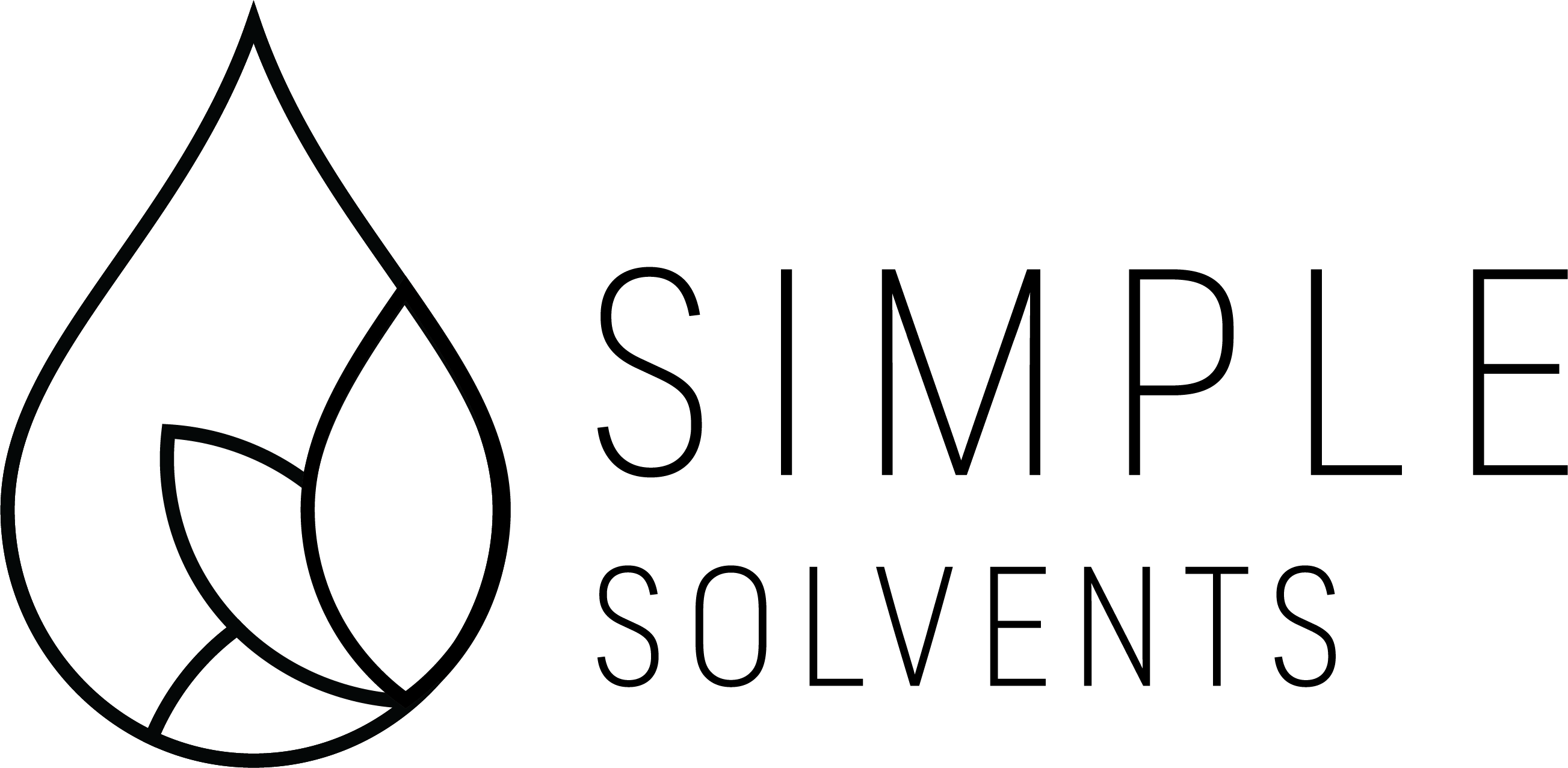Solvent Shipping Regulations: Compliance Best Practices and Ensuring Quality

Solvent Shipping Regulations: Compliance Best Practices and Ensuring Quality
In today’s globalized world, the solvent shipping regulations of pharmaceutical-grade solvents across borders are an essential aspect of diverse industries, from industrial manufacturing to home extraction projects. Ensuring smooth logistics and maintaining product quality demand a thorough understanding of solvent shipping regulations, which can vary significantly across different countries and regions. Failure to comply with these stringent rules can lead to serious legal consequences, potential damage or contamination of chemicals, and even delays in business operations.
This comprehensive solvent shipping regulations guide will delve into the essential aspects of solvent shipping regulations, guiding you through critical rules and requirements to help maintain quality and ensure compliance. We will cover key international shipping organizations, classification systems, packaging requirements, and best practices for transporting solvents safely. By understanding the complexities of these regulations, businesses that rely on pharmaceutical-grade solvents can make informed decisions, remain legally compliant, and ensure the continued excellence of their products.
Keeping abreast of solvent shipping regulations is not only crucial for businesses but is also of utmost importance for individuals interested in the world of home extraction. Recognizing the challenges associated with procuring, handling, and shipping solvents internationally, this guide aims to empower hobbyists and entrepreneurs alike with the knowledge needed to navigate these complexities confidently and legally. Whether you are experienced in the field or just starting, our guide will provide valuable insights to help streamline your solvent-related logistics, ensuring the highest levels of safety and quality throughout the shipping process.
Ensuring Quality and Compliance: A Comprehensive Guide to Solvent Shipping Regulations
Navigating the complexities of solvent shipping regulations can be challenging for businesses and individuals alike. In this comprehensive solvent shipping regulations guide, we’ll explore key rules, requirements, and best practices for ensuring compliance, maintaining quality, and transporting solvents safely.
1. Understanding the Key Organizations and Regulatory Bodies
Several regulatory bodies govern the shipping of hazardous materials, including solvents, on a global scale. Familiarizing yourself with these organizations is crucial to ensuring compliance. Some of the key players are:
– International Air Transport Association (IATA): IATA oversees air transportation regulations and guidelines for dangerous goods, including solvents.
– International Maritime Organization (IMO): The IMO sets international maritime safety regulations, including the International Maritime Dangerous Goods (IMDG) Code, which applies to shipping solvents by sea. The maritime transport of hazardous materials is not something anyone should take lightly.
– U.S. Department of Transportation (DOT): The DOT enforces regulations for hazardous material transportation in the United States, including the Hazardous Materials Regulations (HMR).
2. Classifying Solvents According to Shipping Regulations
Solvents are often classified as hazardous materials due to their properties, such as flammability, chemical reactivity, or potential toxicity. Understanding your solvent’s classification is essential to navigating shipping regulations. Here are some key considerations:
– Hazard classes: Hazardous materials are divided into different classes based on their properties. Common classifications for solvents include Class 3 (flammable liquids) and Class 9 (miscellaneous hazardous materials).
– Packing groups: Materials are further divided into packing groups (PG) based on their hazard level, with PG I being the highest level of danger and PG III being the lowest.
– Proper shipping names: Each hazardous material has a proper shipping name and United Nations (UN) number, which must be included on shipping paperwork and packaging.
3. Packaging and Labeling Requirements for Solvent Shipments
When shipping solvents, select packaging materials designed to withstand transportation hazards, such as pressure changes and impacts. These packaging best practices can help ensure safe, compliant transportation:
– UN-approved packaging: Use certified UN-approved packaging materials, which have undergone rigorous testing, to maintain chemical integrity and prevent leaks or spills.
– Secondary containment: Implement secondary containment measures, such as sealing individual bottles in plastic bags or placing them in leak-proof containers, to minimize the risk of spills.
– Labeling: Properly label packages with mandatory information like the proper shipping name, hazard class, packing group, and UN number. Additionally, attach the appropriate hazard and handling labels (e.g., flammable liquid or corrosive) to the package.
4. Preparing Documentation and Ensuring Safe Transit
Adhering to documentation requirements is crucial for compliance, and there are several factors to consider when finalizing solvent shipments:
– Shipping papers: Accurate and complete shipping papers are required for hazardous material transportation. These documents should include information such as the shipper’s and consignee’s names, addresses, proper shipping name, hazard class, packing group, quantity, and an emergency response telephone number.
– Emergency response information: It’s essential to provide carriers with appropriate emergency response information, such as instructions on handling incidents or spills, protective gear requirements, and health hazard information.
– Training: Ensure that employees involved in shipping hazardous materials, including solvents, receive proper training in packaging, handling, documentation, and emergency response procedures.
5. Staying Updated on Regulatory Changes
Regulations governing the shipment of solvents can evolve over time. Stay informed about changes to international and national rules by regularly referring to official sources like the IATA, IMO, and DOT websites. As a proactive measure, consider seeking out professional guidance or attending training courses to remain compliant with current regulatory requirements.
Conclusion
Complying with solvent shipping regulations is vital for businesses and individuals engaged in industrial manufacturing or home extraction projects. This comprehensive guide, covering the key organizations and regulatory bodies, classifications, packaging requirements, and best practices, serves as a valuable resource for streamlining logistics and ensuring compliance.
Understanding and adhering to these stringent rules minimizes legal ramifications and potential damage to chemical shipments and contributes to maintaining the integrity of your products and upholding a strong safety culture.
At Simple Solvents, we are committed to providing pure, pharmaceutical-grade ethanols and solvents on the market. Ensuring compliance with shipping regulations and maintaining product quality are critical aspects of our promise of purity.
So, whether you’re an experienced professional or a home extraction hobbyist, let our resources and commitment to excellence empower you in your quest for success. Contact us with any questions!
